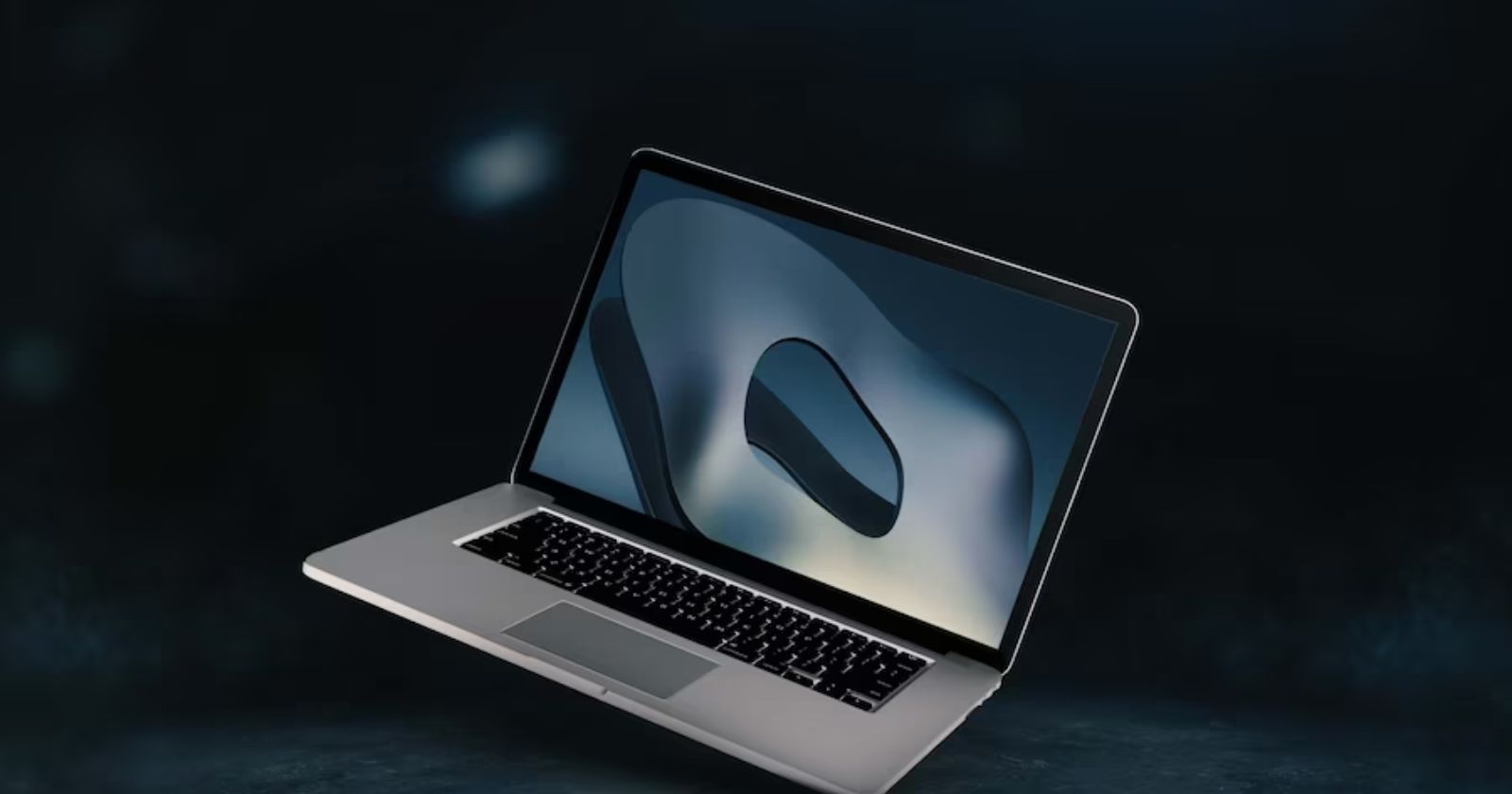How to Change Language on a Chromebook
 Pratik M
Pratik M
One of the great features of Chromebooks is their language flexibility. Whether you speak multiple languages or bought your Chromebook in another country, switching the display and input languages is quick and simple. This guide will cover the steps to change languages on a Chromebook.
Why Change Languages on a Chromebook?
There are several reasons you may want to modify the languages on your Chromebook:
Change the system language - Switch your Chromebook to display menus, prompts and text in another language.
Website translation - View webpages translated into different languages.
Use an international keyboard - Type in other languages by adding keyboard layouts.
Travel overseas - Configure your Chromebook for a foreign trip or move.
Language learning - Practice typing and reading other languages.
Chrome OS makes it easy to customize your language preferences as needed.
How to Change Chromebook Display Language
The display language controls the system menus, settings, file names, prompts, and other text shown by Chrome OS itself. To change it:
Click the status area in the lower right corner of the screen and select Settings.
Click Advanced in the left sidebar.
Select Languages and inputs under Advanced settings.
Click Languages.
Click the Change button below your current display language.
Select your desired language from the list and click Confirm and restart to switch.
This will fully change the Chromebook display language. You'll be prompted to sign back in after it restarts to apply the new language.
Adding Website Translation Languages
In addition to the main UI language, you can configure multiple languages for translating website content:
Go to Settings > Advanced > Languages and inputs > Languages.
Under Website languages, click Add languages.
Select which languages you want available for translation.
Click Done when finished selecting languages.
To reorder the priority of languages, click the 3-dot menu next to each and choose Move to top, Move up or Move down.
Now when browsing websites, you can right-click and select Translate to to view text translated into your chosen languages.
How to Add Keyboard Input Languages
To type in other languages, you need to add international keyboard layouts:
Go to Settings > Advanced > Languages and inputs.
Click Inputs and keyboards > Add input methods.
Select which keyboard layouts you want installed.
Click Done once finished choosing keyboards.
The added keyboards will appear under your current one in the Inputs section.
Switching Between Keyboard Languages
With multiple keyboard layouts installed, you can easily switch between them:
Ctrl + Space - Cycle through installed keyboards.
Click status area - Select Keyboard to pick a layout.
The icon for your current keyboard is shown in the status area. Switch using the methods above to quickly change languages and keyboard types on the fly.
Tips for Using Multiple Languages
When using different interface, translation, and keyboard languages on your Chromebook, keep these tips in mind:
If your keyboard is acting oddly, check that you haven't accidentally activated an international layout.
Use Chrome flags to enable auto-translating websites without having to right click.
Keyboard shortcuts make switching layouts faster than clicking your profile picture.
Translate text from webpages, PDFs and documents by highlighting it and right-clicking.
Add a US International keyboard to easily type accented letters and punctuation.
You can mix different language content within the same documents and inputs.
If your language needs complex input like an IME, enable the external IME service.
Conclusion
One of Chrome OS's best features is fast and simple language customization. Quickly modify your Chromebook's display language, enable webpage translations, and switch between international keyboard layouts on the fly.
Whether you simply prefer using your Chromebook in your native tongue or regularly interact in multiple languages, this built-in language support has you covered. Configure your language settings to boost accessibility, convenience, and productivity.
Subscribe to my newsletter
Read articles from Pratik M directly inside your inbox. Subscribe to the newsletter, and don't miss out.
Written by

Pratik M
Pratik M
As an experienced Linux user and no-code app developer, I enjoy using the latest tools to create efficient and innovative small apps. Although coding is my hobby, I still love using AI tools and no-code platforms.